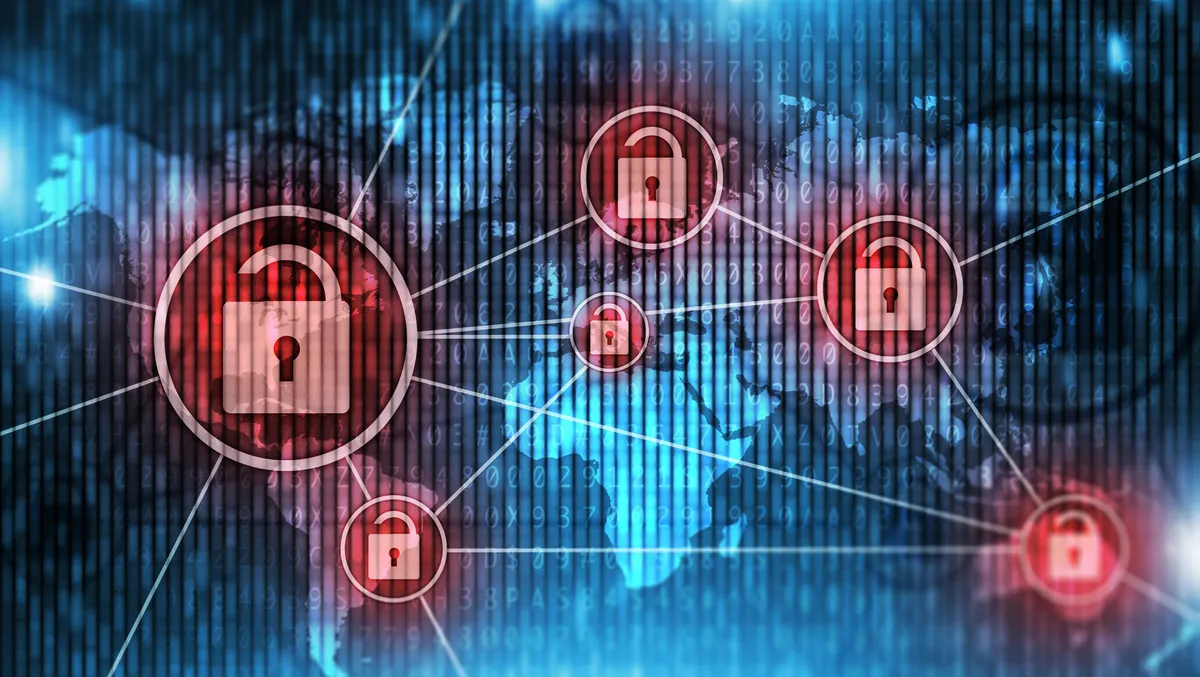
Number of cyberattacks will continue to increase in 2023
2022 was a challenging year for organisations in terms of cybersecurity. More than 4000 data breaches occurred in 2022 and companies were forced to increase their cybersecurity budget. Governmental institutions were also under the scope of attackers and ransomware became a widespread threat for most organisations.
However, according to analysts at KuppingerCole, 2022 still left us with some positive news: Machine Learning (ML) algorithms, a subset of Artificial Intelligence (AI), are now commonly used by cybersecurity technologies to quickly analyse large data sets to look for normal and anomalous data, and allowing to easily and accurately classify anomalous data.
ML-based detection models help security solutions identify more sophisticated potential attacks. Greater adoption of concepts such as zero trust architecture and supply chain risk management are also helping organisations improve resilience against those threats.
KuppingerCole analysts studied the market to bring the biggest trends of the cybersecurity market in 2022 and 2023. A SWOT analysis focuses on four aspects: strengths, weaknesses, opportunities, and threats.
Strengths
According to KuppingerCole, in 2022, innovation in cybersecurity strengthened the market and offered reliable solutions for businesses and organisations.
"Machine Learning-enhanced detection models are now necessary for effective cybersecurity defences. On a day-to-day basis, the volumes of data that cybersecurity tools process exceeds human capacity," analysts say.
"ML-based detection models are widely used in malware identification and prevention (Endpoint Protection Detection & Response systems), network intrusion prevention (Network Detection & Response tools), and User Behavioural Analysis components and can optimize cybersecurity teams workflows.
"On the Identity and Access Management (IAM) side, biometrics technologies have gained acceptance and have become more widely utilised in both workforce and consumer use cases.
"This technology recognises users by their biological characteristics, such as fingerprints, facial recognition, and behavioural analysis. These are significant advancements that help protect organisations assets.
Due to the increasing number of cyberattacks, insurance companies saw an opportunity to start and offer cyber insurance policies, according to KuppingerCole analysts.
"Though cyber insurance does not provide technical mitigations themselves, such policies may minimise the financial impact when cyberattacks or data leaks occur. Moreover, clients must meet certain technical requirements to acquire an insurance policy, and insurance firms provide guidance to organisations, which leads to better security posture and use of best practices in cybersecurity.
Weaknesses
According to KuppingerCole, COVID-19 changed the daily reality of many workers, leading to the democratisation of the concept of work from anywhere (WFA).
"Securing employee and contractor equipment outside of the office is a challenge for cybersecurity teams. Human errors, vulnerable networks and systems, as well as lack of training contribute to increasing the attack surface," the analysts say.
"Nevertheless, there are some options to maximise protection, such as the use of VPNs. But these solutions come at a cost, leading companies to face increasing cybersecurity costs."
Coincidentally, KuppingerCole says implementing solutions is difficult for organisations due to the shortage of cybersecurity professionals worldwide.
"Some massive cyberattacks occurred because of insufficient technical and human resources available to deploy and maintain security infrastructure and respond to security incidents.
"This has forced some companies to look for qualified staff in disparate locations around the world."
Opportunities
KuppingerCole says the current landscape offers opportunities in the market for cybersecurity professionals and companies in light of the increasing demand for cybersecurity related services.
"All organisations must provide cybersecurity awareness training to employees due to increasing phishing and ransomware attacks.
"Zero trust architecture is a mature concept and has been instantiated in many products. There is no single product that provides complete ZTA, but many products are available that can enable organisations to assemble robust defences that embody ZTA." KuppingerCole says.
"Also in the IAM sector, Passwordless Authentication solutions can reduce the risk of phishing and credential compromises while improving the user experience. This solution is starting to get more and more widely accepted as traditional passwords struggle to respond to a rapidly changing threat landscape.
"Finally, Secure Access Service Edge (SASE) solutions aim to consolidate security and networking products and services to help organisations meet the challenges of WFA and remote facility connectivity."
Threats
Phishing attacks are prevalent and getting more difficult to discern from legitimate communications, according to KuppingerCole.
"Attackers use publicly available information to carefully craft messages that seem authentic. For example, emails purporting to be from CEOs or managers asking for urgent help is one of the most common attacks. Some organisations are employing old-fashioned codewords that are only shared in person that can later be used to authenticate suspicious orders," it says.
KuppingerCole says private organisations are not the only targets of cyberattacks.
"In fact, government organisations are at risk more than ever. An example is Costa Rica, which suffered one of the disruptive cyberattacks of 2022. The ransomware attack affected tax and customs offices, utilities, businesses, health care systems which led the government to declare a national emergency. Costa Rican authorities resorted to request help from the US to respond to the incidents and get back up and running, but many sectors of Costa Rican society remained in a state of crisis for months."
What to expect in 2023
"We cant predict the future, but one certainty remains: the number of cyberattacks will continue to increase in 2023," KuppingerCole says.
"The costs of cyberattacks will also increase due to several factors: worldwide inflation, energy crisis, geopolitical conflicts, and expansion of the organisations' attack surfaces.
"On the other hand, crises can sometimes be seen as opportunities, leading security vendors to innovate in order to provide better products and services. Moreover, organisations will demand new and more powerful solutions to face cyberattacks and reduce the risks."


